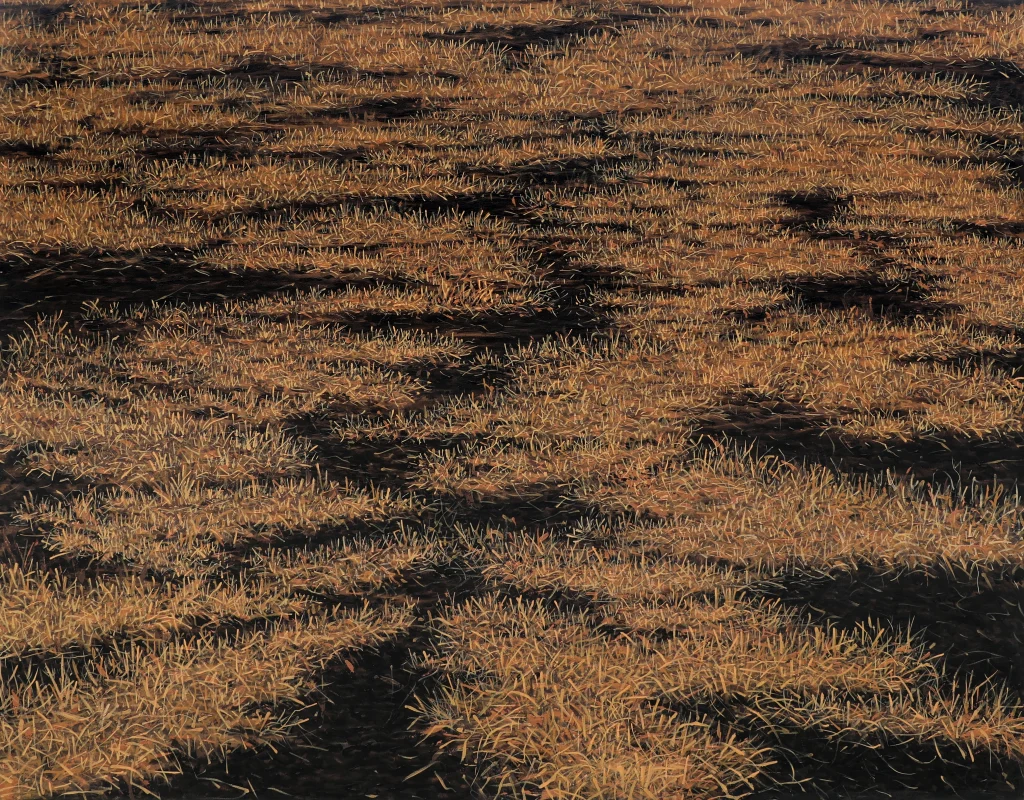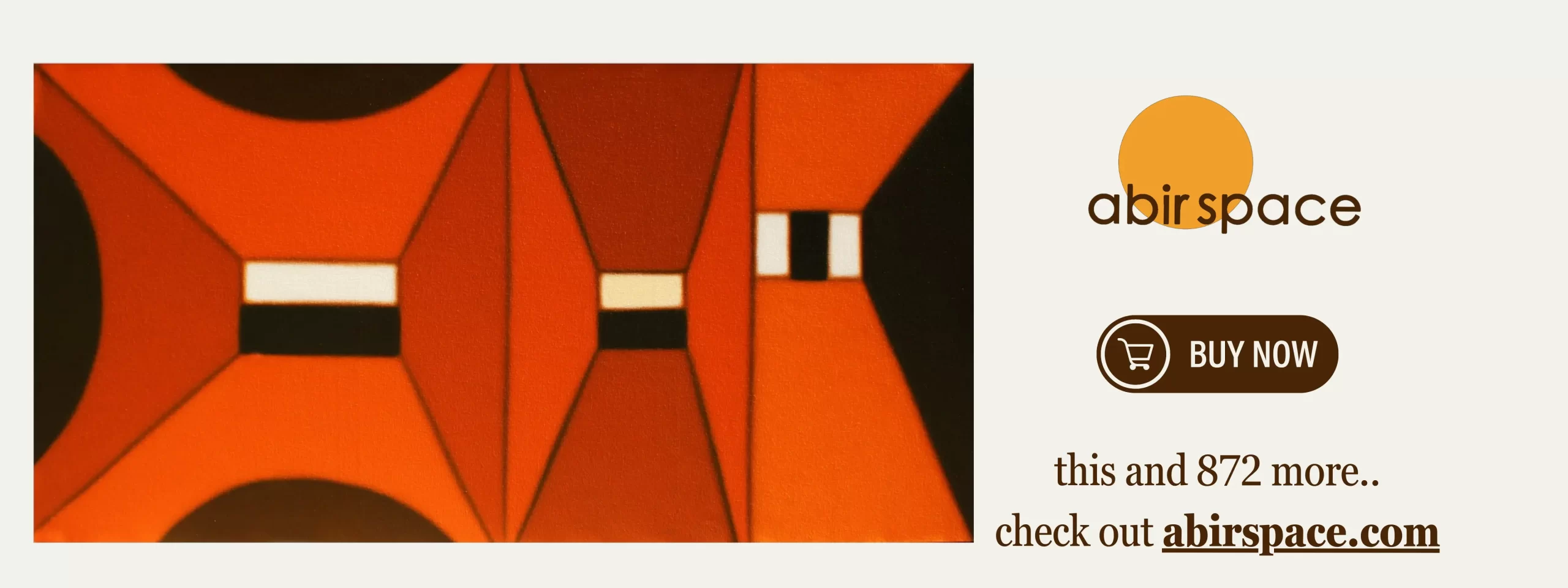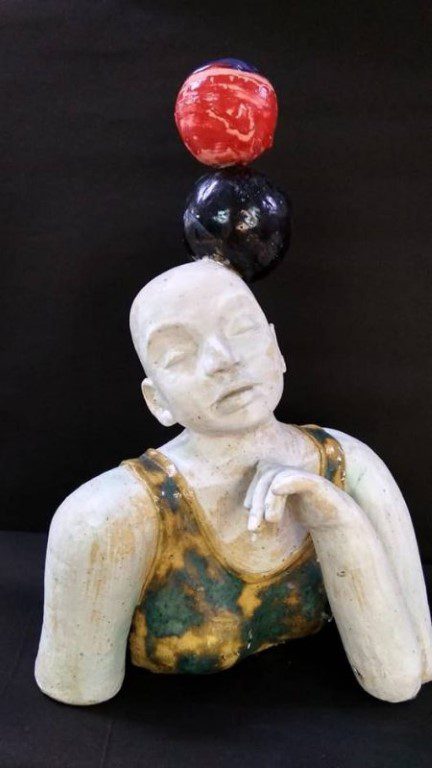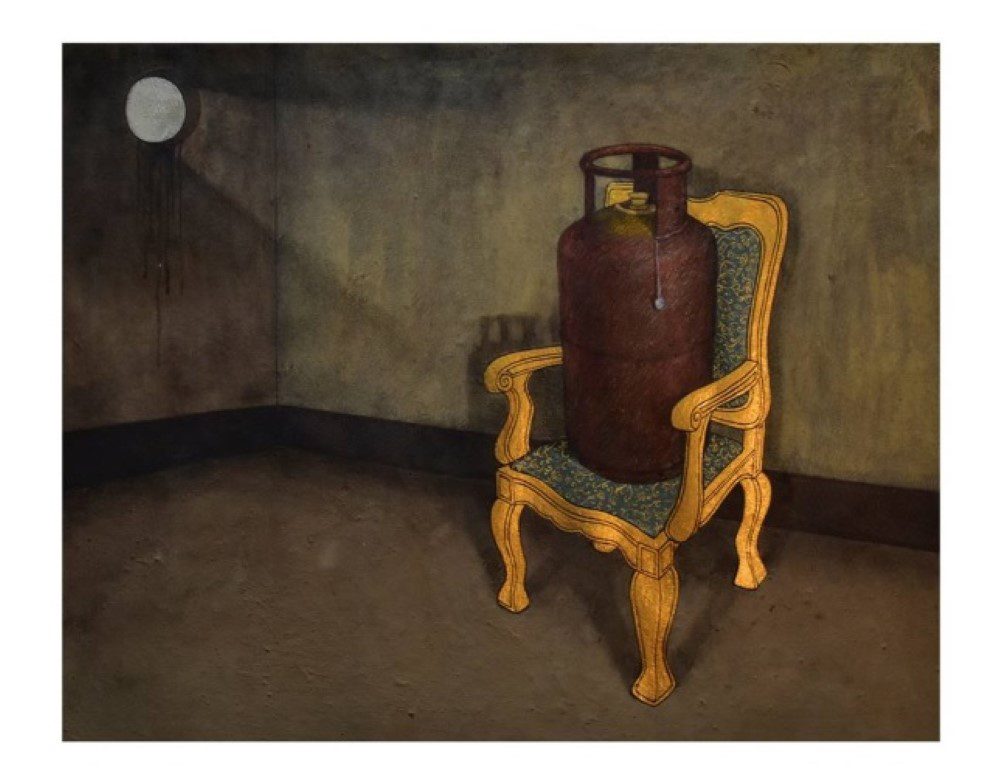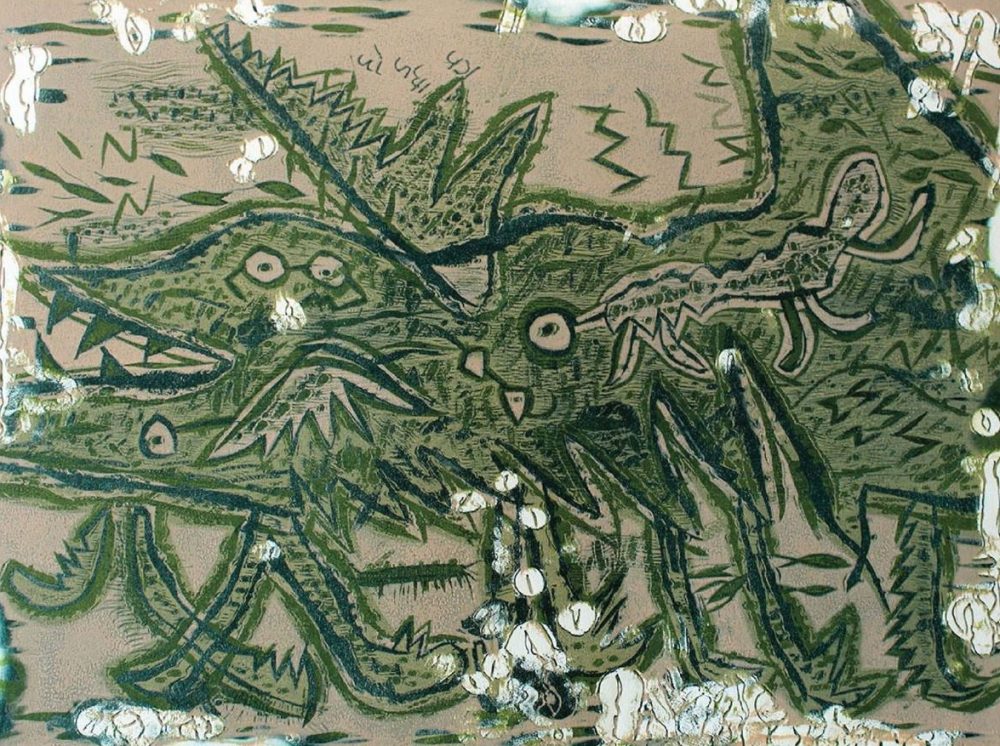Vimal Ambalya
Vimal Ambalya’s work draws deeply from architectural forms, structures, spaces, engineering drawings, and maps. His practice focuses on the intersection of contemporary urban spaces such as rapidly developing areas and under-construction buildings, with the enduring presence of historical and modern architecture within the cityscape. Rooted in inspiration from his hometown, Vadodara. A city renowned for its rich historical, cultural, educational, industrial, and commercial legacy, the artist continually investigates how the city can be transformed into a visual narrative.
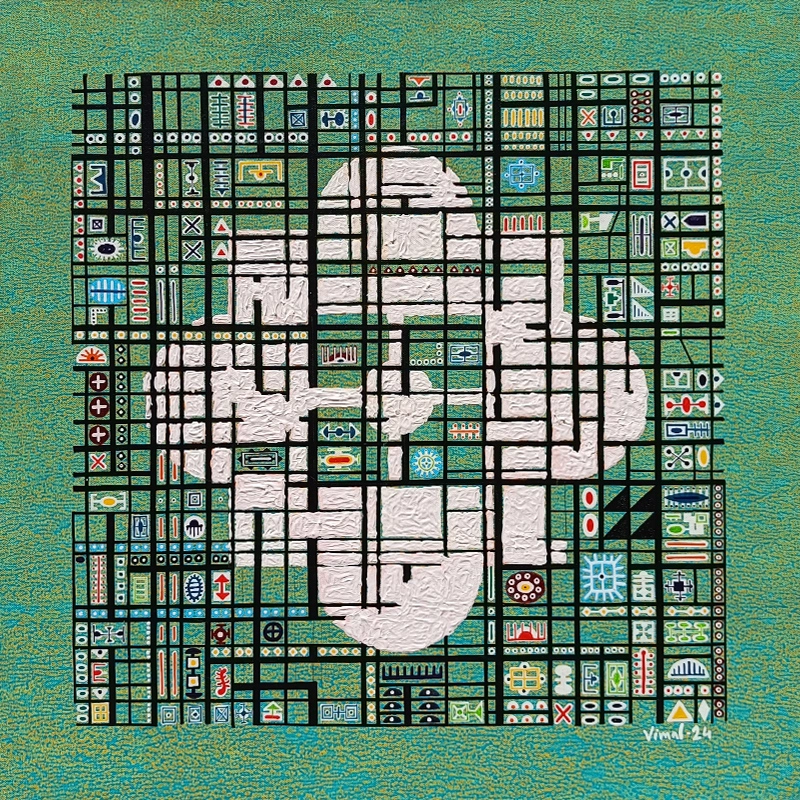
This particular work is part of their Chiristhayi series, a title derived from the Sanskrit word meaning “unbreakable” or “strong.” In Chiristhayi, the artist explores and distills the diverse forms, patterns, and spatial qualities of urban architecture. Rather than depicting literal cities or buildings, they create abstracted forms that emerge intuitively, complex geometric shapes that both calm and generate a subtle noise.
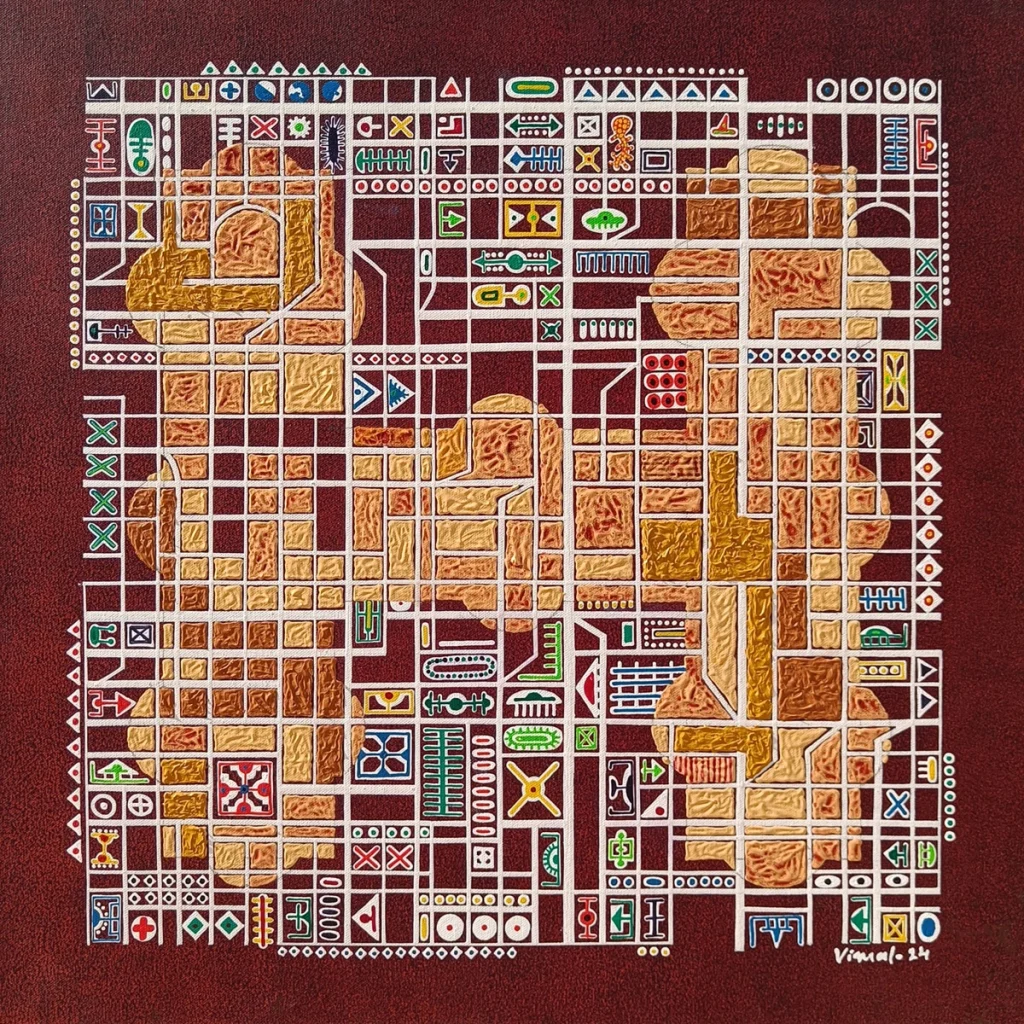
In these works, architectural forms become symbols: old houses reveal unusual and intriguing shapes O, H, C, E which, when viewed from above, resemble maps. Like the living city, new structures grow around these historic buildings. The 100–150-year-old houses represented in these pieces stand resiliently amid today’s modernity, asserting their presence against time and activity. Through this, Vimal offers a detailed testament to a bright, strong, and enduring cultural tradition that continues to stand firm in the urban landscape.
Harmeet Rattan
Harmeet’s practice is rooted in the climate-stressed landscapes of Punjab and shaped by the urban sprawl of Delhi NCR, where he currently lives and work. Growing up in a family of artists and artisans, with a father who was a traditional signboard painter and a grandmother and great-grandmother who were phulkari (textile) artisans, the artist developed an early connection to public visual culture, oral traditions, and the quiet poetry of everyday life. These formative experiences continue to influence their work across sculpture, installation, and site-specific interventions.
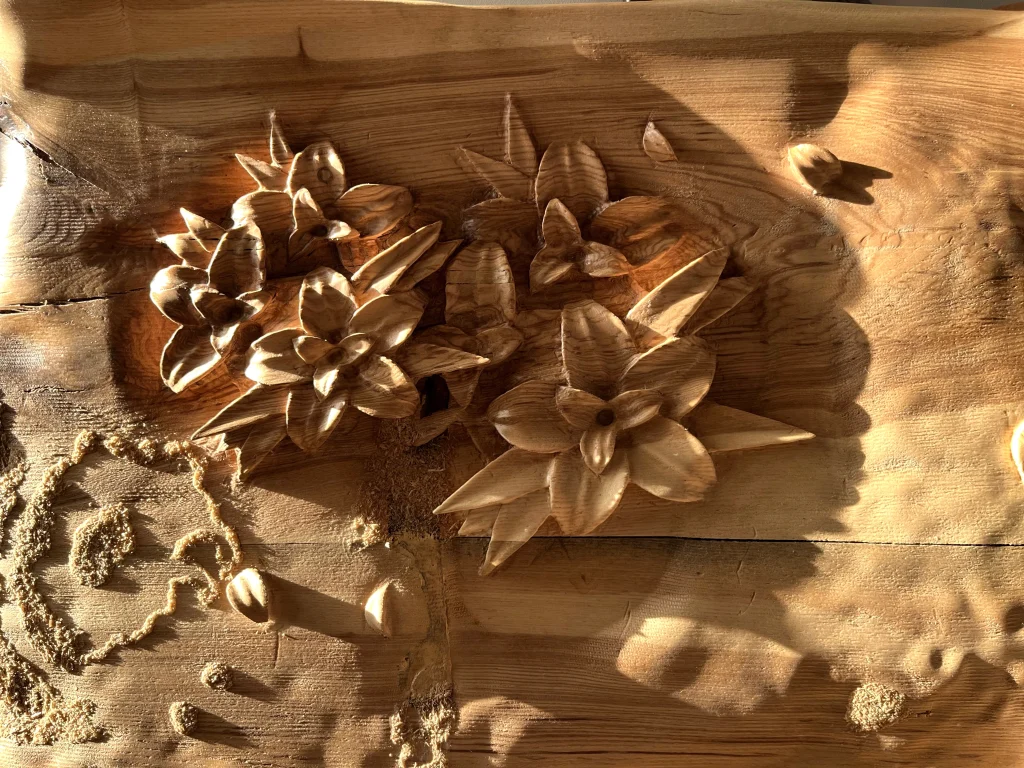
Their practice engages deeply with themes of migration, ecological degradation, and the erasure of traditional knowledge systems. For the artist, climate change is not a distant crisis but a lived reality, felt in the smoke of stubble burning, the cracks of drying soil, and the displacement of people and memory. Natural pigments, earth-derived materials, and fading surfaces often appear in their works, reflecting on impermanence and resilience.
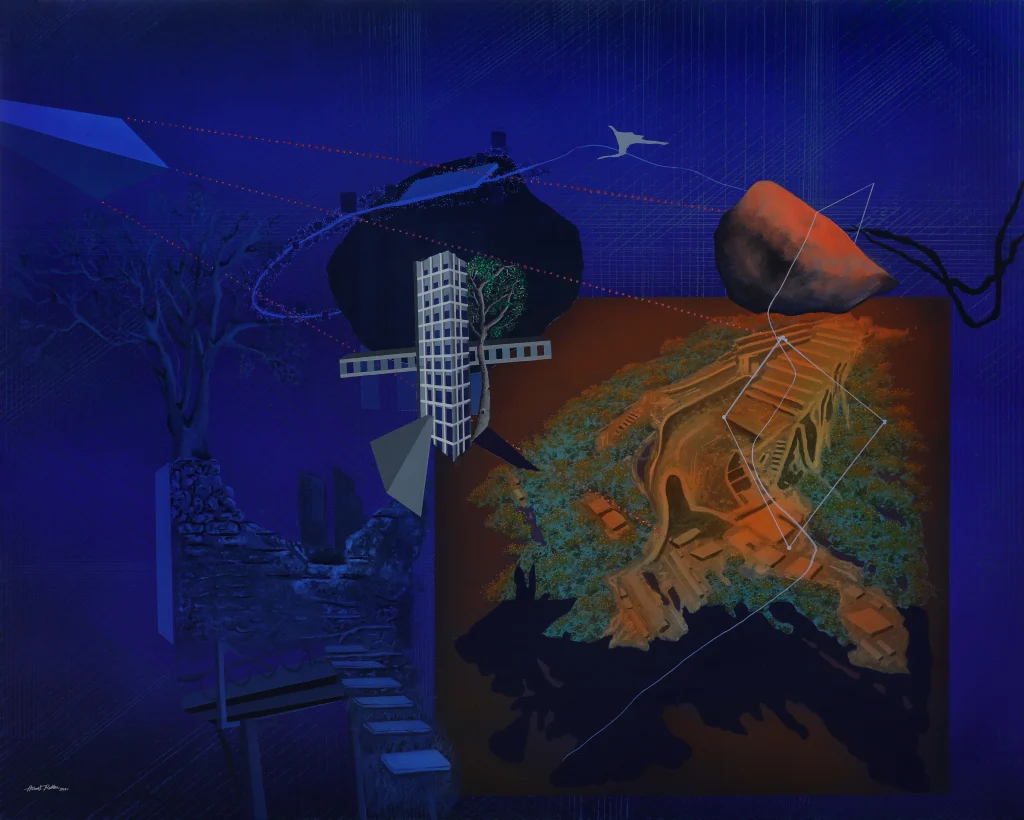
Drawing inspiration from Punjabi literature, folk motifs, and thinkers such as Michel Foucault, the artist explores the intersections of power, surveillance, and data-driven life. Sculpture becomes a means of translating poetry into form and memory into monument. Through these layered works, Harmeet seeks to reclaim storytelling as an act of resistance, an ongoing gesture of remembrance, repair, and radical imagination.
Contributor

